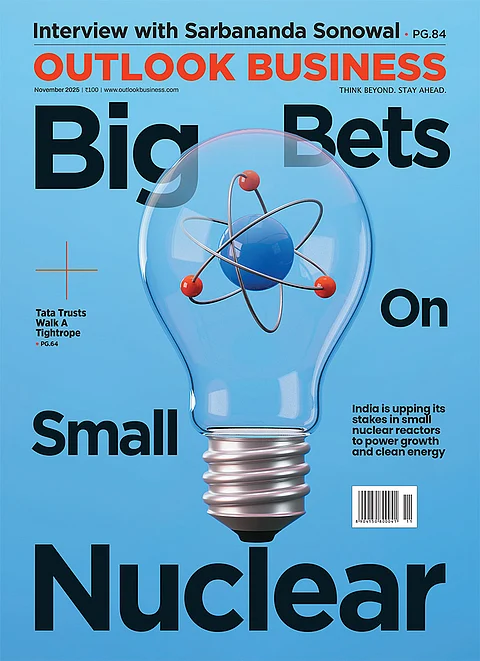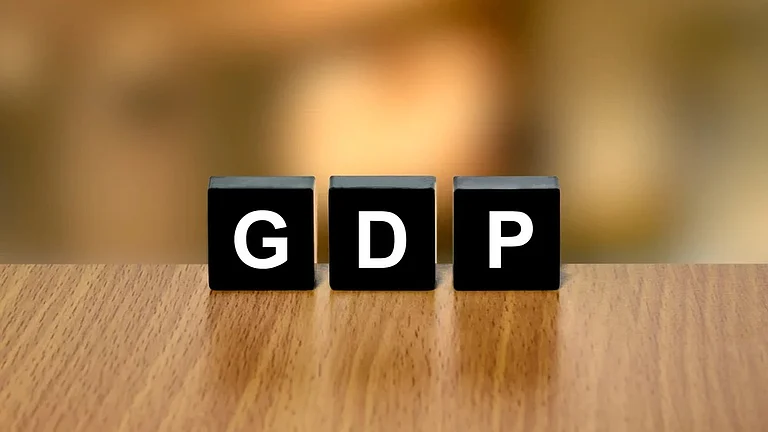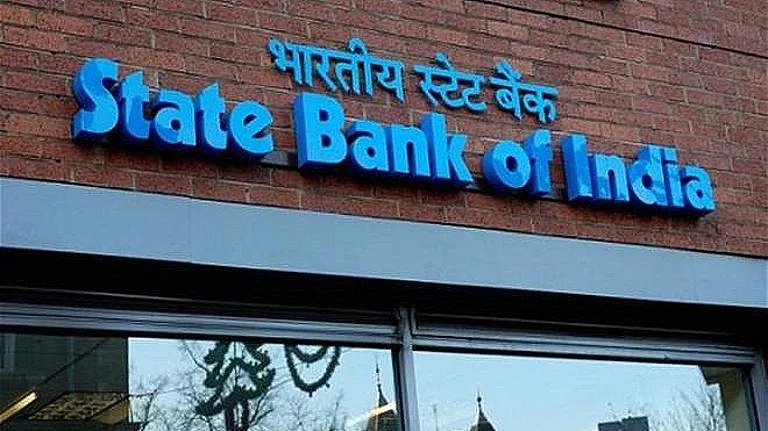Markets are not just built on capital—they are built on trust. Every trade, every investment, every regulatory decision rests on the belief that the system is fair, transparent and resilient. In India, this trust is central to the functioning of the economy, channelling domestic savings into productive assets and fuelling growth across sectors from infrastructure to energy to health care.
Over the past two decades, India’s regulators have demonstrated that trust is not merely aspirational, it can be systematically built. The Securities and Exchange Board of India (Sebi), the RBI and other market institutions have gradually evolved, responding to the increasing complexity of a fast-growing economy with measured reforms, clear processes and a commitment to enforcement. Equally important, India’s judiciary has consistently respected the independence of these institutions, resisting the urge to intervene prematurely and allowing regulators the space to mature and develop credibility.
Trust Tested, Trust Rebuilt
This interplay between regulators and courts has been tested repeatedly in recent years, most notably during high-profile market controversies.
In January 2023, US-based Hindenburg Research released a scathing report on the Adani Group just days before a ₹20,000 crore follow-on public offer. The report alleged irregularities, triggering a steep fall in Adani stocks and wiping out billions in market value. Public Interest Litigations (PILs) followed swiftly, casting doubt on regulatory oversight.
Yet when the dust settled, a Supreme Court-appointed committee found no systemic lapses. Sebi, after detailed scrutiny, reaffirmed its jurisdiction and detected no significant wrongdoing. Crucially, Hindenburg itself admitted it held short positions against Adani securities, revealing the report as a profit-driven bet rather than altruistic research. Retail investors were shaken, but the market recovered, demonstrating a core truth: trust, once tested, can be rebuilt if institutions act with transparency and consistency.
The pattern repeated in July 2025. Viceroy Research, a relatively unknown foreign short-seller, targeted Vedanta with claims of irregularities just as the company was executing a long-planned demerger. Public sentiment wavered and a PIL reached the Supreme Court demanding investigation. But the market response this time was notably different. Panic was short-lived. Investors displayed discernment, separating speculative noise from evidence, reflecting both growing market maturity and trust in India’s regulatory framework.
The temptation in such moments is to see vulnerability: to assume India’s markets are fragile, its institutions easily swayed, or its companies opaque. That would be a mistake. On the contrary, India’s regulators and judiciary have shown patience and balance. The Supreme Court did not bypass Sebi in the Adani case, nor did it intervene prematurely in the Vedanta matter. PILs, rather than signalling fragility, illustrate the openness of India’s democratic process and the accountability expected of market actors. Investors themselves are learning a short-lived dip in response to the Viceroy report contrasts with the deeper anxiety of the Hindenburg episode, signalling an evolving ability to distinguish credible concerns from opportunistic noise.
Building resilience in markets does not mean silencing criticism. Overregulation risks undermining the transparency that makes India’s markets attractive in the first place. The real challenge is to cultivate a culture where companies embrace voluntary disclosures, simplify complex financial communication and commission independent audits when doubt arises. Investors, for their part, must cultivate patience, resisting knee-jerk reactions while trusting regulatory oversight.
Trust is cumulative. It is not built overnight, nor destroyed by a single storm. The Hindenburg and Viceroy episodes, disruptive as they were, ultimately reinforced this truth. They tested the system but did not break it, showing that India’s capital markets can absorb shocks without losing credibility.
As India positions itself to become the world’s third-largest economy, its markets will attract more scrutiny from both genuine investors and speculative actors. Episodes of misinformation and short-selling will likely recur. The true test will not be whether these shocks can be prevented, but whether institutions and investors respond calmly, preserving the system’s integrity.
Markets run on trust. Over time, India’s regulators have earned it, and the judiciary has nurtured it. That trust—tested, strengthened, and resilient—is now the defining feature of India’s capital markets and the foundation for the next phase of economic growth.
Upaasna Singh is a lawyer and co-founder of Virina Foundation and Rath Foundation. She is also a non-resident research fellow at the Council for International Economic Understanding

























